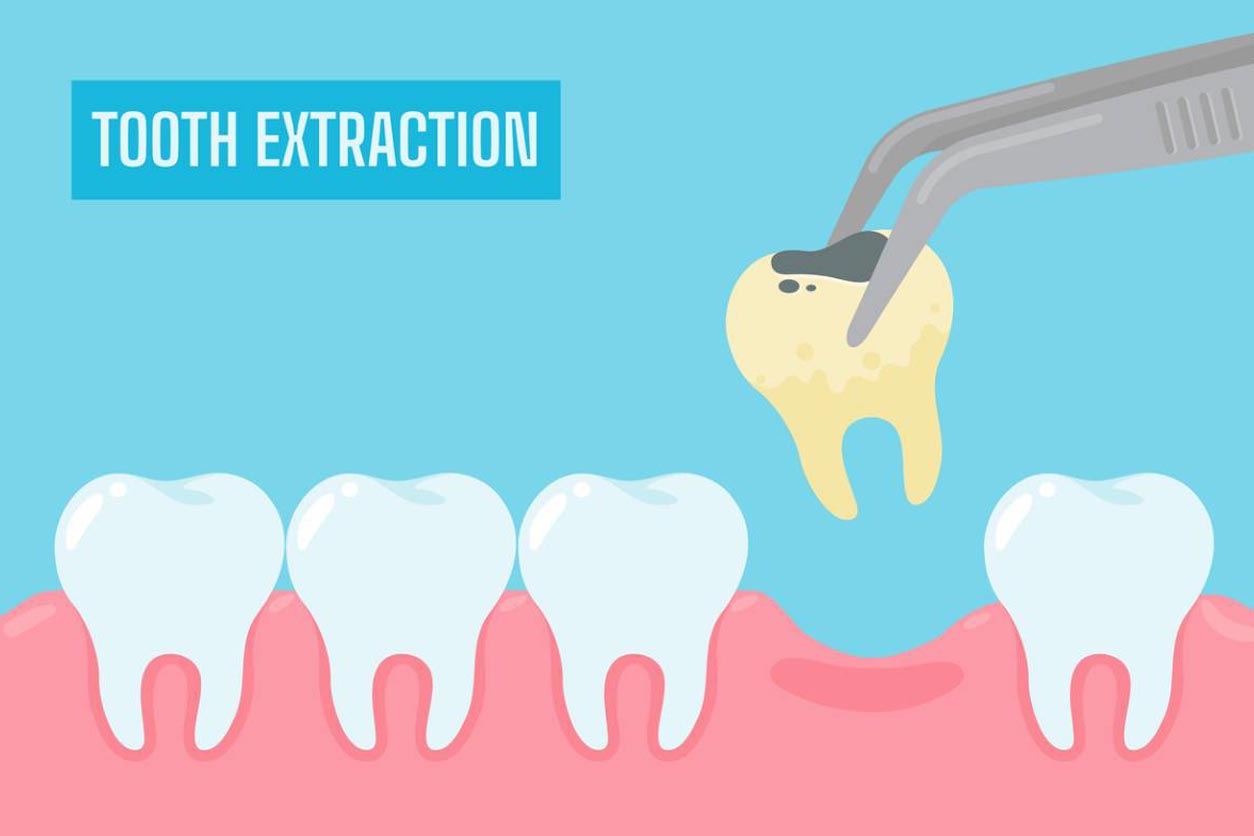Top Signs Your Tooth Needs to Be Pulled
Going to the dentist multiple times per year may seem like an annoying task. But avoiding it for too long can cause some major oral health issues that you might not be prepared to deal with. If problems with your teeth become too bad, you may even need to get them pulled. Let’s look at the top signs your tooth needs to be pulled. Top Signs Your Tooth Needs to Be Pulled It’s important that you visit your dentist in Anaheim regularly to avoid serious dental health issues that could lead to extraction. If worse comes to worst, you can trust in your dental experts. Here are the top signs … Read more



